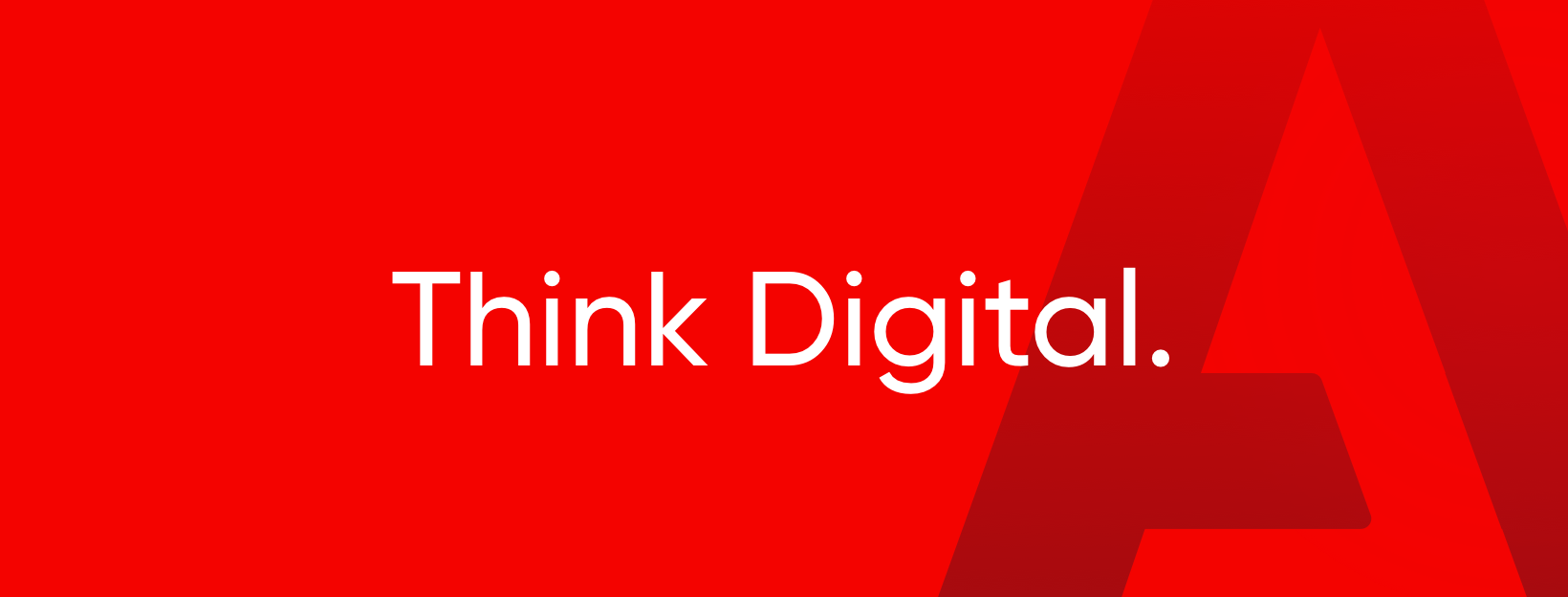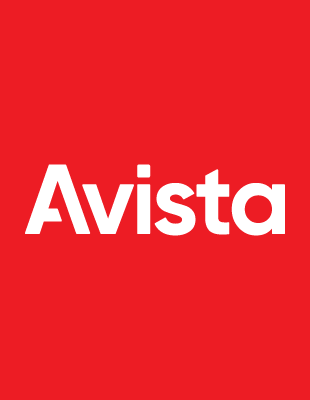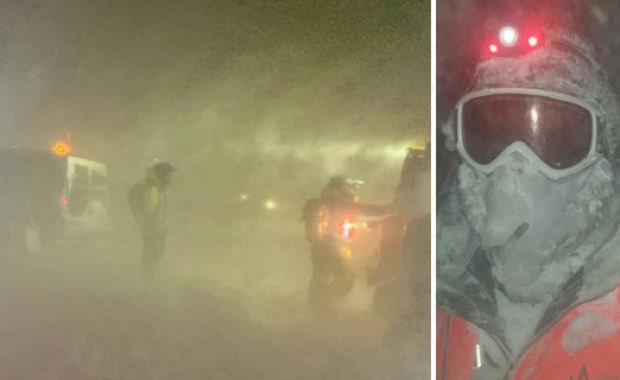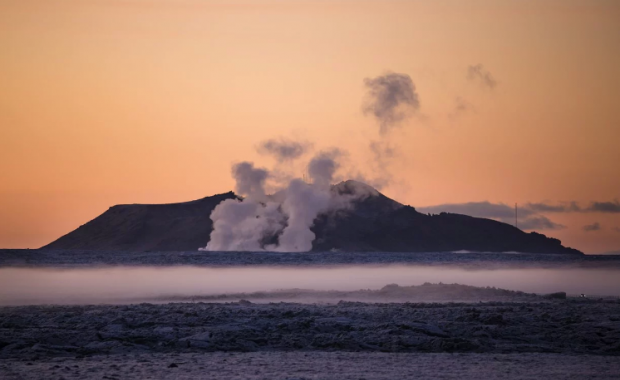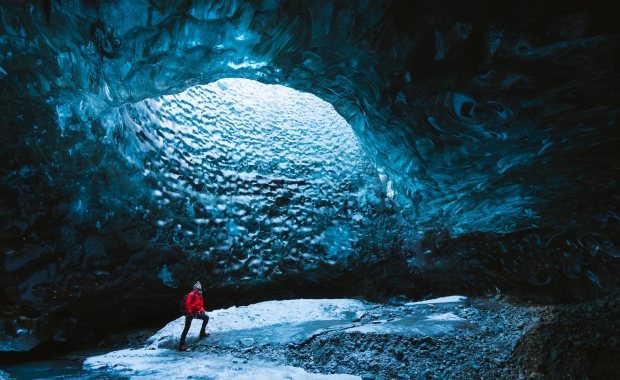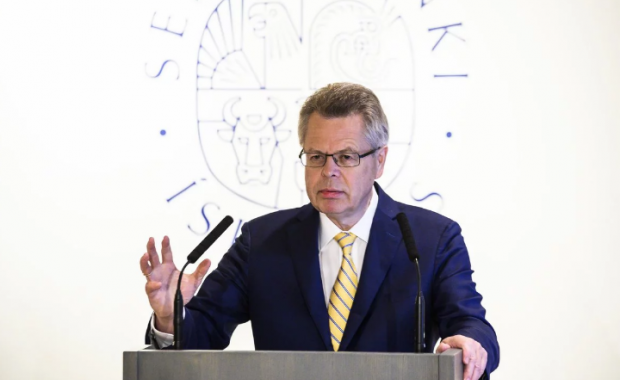A farmer in South Iceland is fed up with tour buses ferrying travellers along the Golden Circle in South Iceland use his horses as a tourist attraction. Margeir Ingólfsson who keeps a herd of some 40 horses in a pasture by the road between Gullfoss waterfall and the Geysir geothermal area, two of the most popular tourist destinations in Iceland, told Iceland Insider that some tour guides and drivers seem to have made the driveway to his farm into a regularly scheduled stop, something he is far from happy with.
“I understand foreign travellers are interested in the Icelandic horse, and want to stop and admire it, and I have nothing against that. I want to make that absolutely clear: I’m not opposed to tourists or tourism! What I am frustrated with is that my horses be used, without my permission, as a tourist attraction for thousands of travellers.”
Margeir posted a status on a Facebook page dedicated to discussions of the Icelandic tourism, along with photographs of tour buses blocking his driveway and groups of travellers petting his horses. He complained that the bus drivers, tour guides or the companies organizing those tours, had not asked his permission. Buses with large groups of travellers are stopping by his fence and driveway to get out and pet the horses. Some guides, he argues, bring bread and other treats with them so that the travellers can feed the horses.
In an interview with Iceland Insider Margeir said he was not raising a herd of pets: “I don’t appreciate thousands of people stopping to pet and feed my horses bread. Horses should not eat bread, they are not made for bread eating, and it isn’t good for them.” But the horses appreciate the treats, and start to expect them. “These are riding horses, not some pets”. Horses who become too accustomed to crowds of people petting them and feeding them treats pick up bad habits, and can become difficult to handle.
“To make matters worse, the gates to the pasture have repeatedly been opened, allowing the horses to escape and get out onto the road where they then chase the tourists hoping to get more bread.”
This is also a question of safety: “What happens if someone goes into the pasture and my horses cause an injury? Who is responsible for that?” Finally, Margeir points out that there is always the danger of travellers bringing with them diseases. “A lot of diseases which are common in horses in other countries are unknown in Iceland. How can I be sure people who are stopping to pet my horses were not petting their own horses somewhere abroad, the day before?”
A farmer in South Iceland is fed up with tour buses ferrying travellers along the Golden Circle in South Iceland use his horses as a tourist attraction. Margeir Ingólfsson who keeps a herd of some 40 horses in a pasture by the road between Gullfoss waterfall and the Geysir geothermal area, two of the most popular tourist destinations in Iceland, told Iceland Insider that some tour guides and drivers seem to have made the driveway to his farm into a regularly scheduled stop, something he is far from happy with.
“I understand foreign travellers are interested in the Icelandic horse, and want to stop and admire it, and I have nothing against that. I want to make that absolutely clear: I’m not opposed to tourists or tourism! What I am frustrated with is that my horses be used, without my permission, as a tourist attraction for thousands of travellers.”
Margeir posted a status on a Facebook page dedicated to discussions of the Icelandic tourism, along with photographs of tour buses blocking his driveway and groups of travellers petting his horses. He complained that the bus drivers, tour guides or the companies organizing those tours, had not asked his permission. Buses with large groups of travellers are stopping by his fence and driveway to get out and pet the horses. Some guides, he argues, bring bread and other treats with them so that the travellers can feed the horses.
In an interview with Iceland Insider Margeir said he was not raising a herd of pets: “I don’t appreciate thousands of people stopping to pet and feed my horses bread. Horses should not eat bread, they are not made for bread eating, and it isn’t good for them.” But the horses appreciate the treats, and start to expect them. “These are riding horses, not some pets”. Horses who become too accustomed to crowds of people petting them and feeding them treats pick up bad habits, and can become difficult to handle.
“To make matters worse, the gates to the pasture have repeatedly been opened, allowing the horses to escape and get out onto the road where they then chase the tourists hoping to get more bread.”
This is also a question of safety: “What happens if someone goes into the pasture and my horses cause an injury? Who is responsible for that?” Finally, Margeir points out that there is always the danger of travellers bringing with them diseases. “A lot of diseases which are common in horses in other countries are unknown in Iceland. How can I be sure people who are stopping to pet my horses were not petting their own horses somewhere abroad, the day before?”

